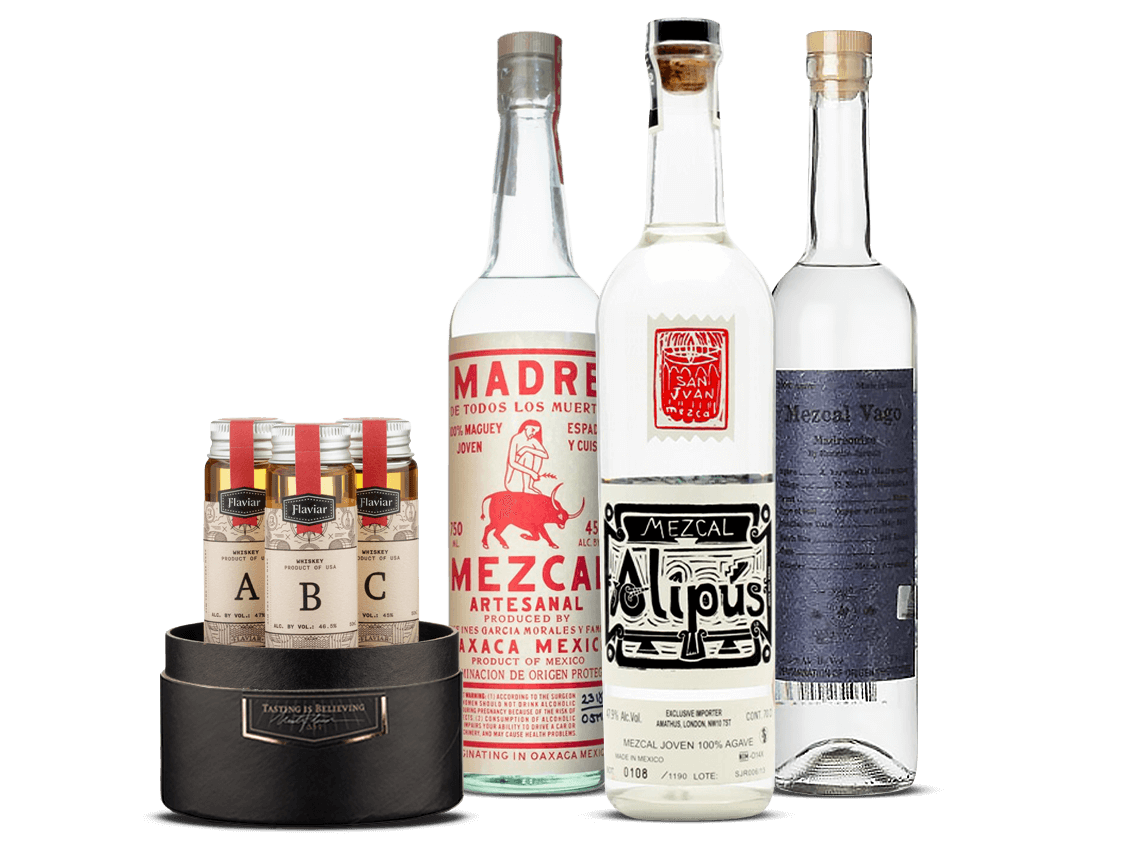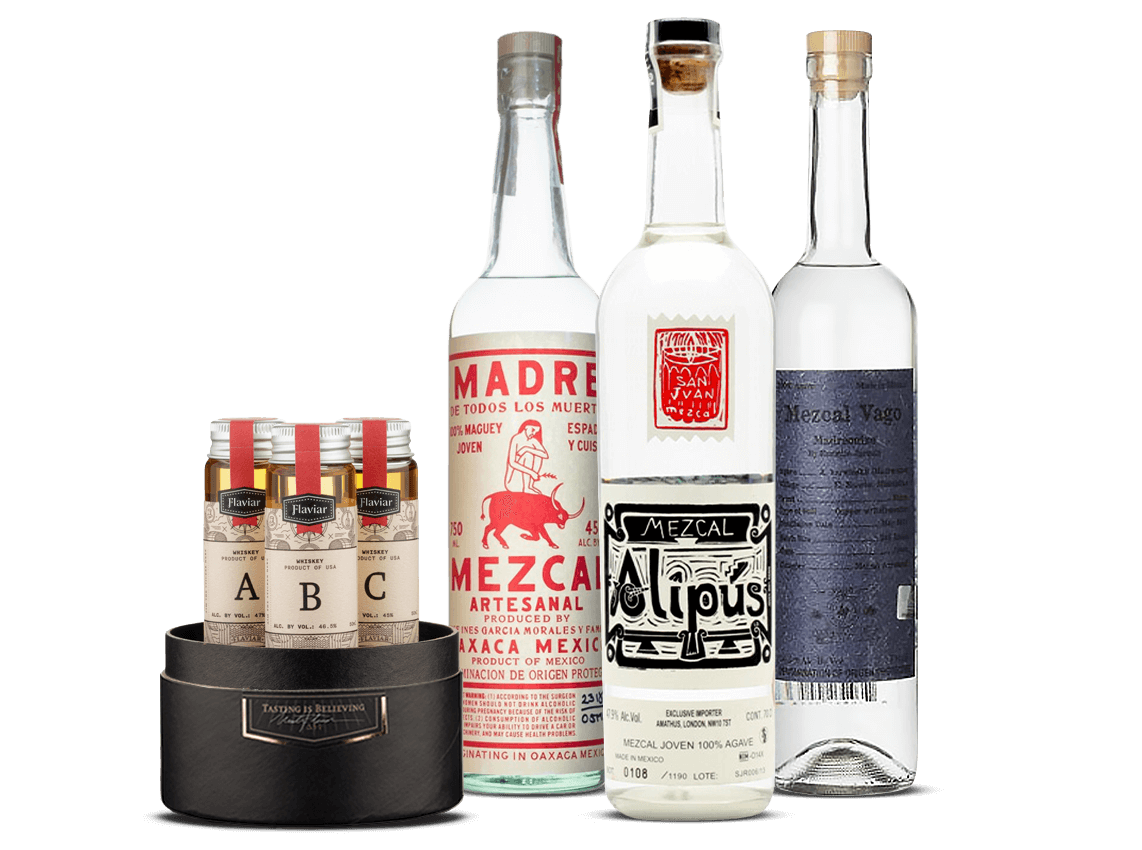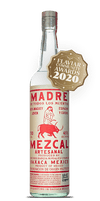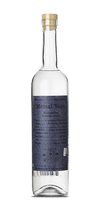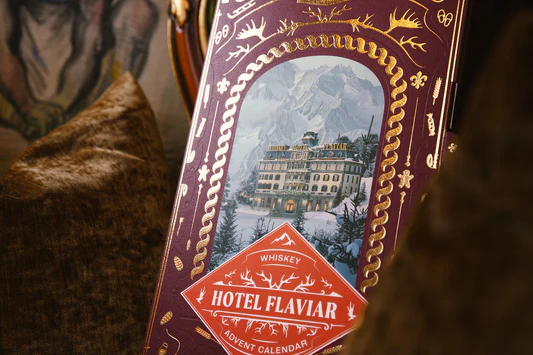Mezcalistas
Mezcalistas
Register for free and get 10% off Tasting Box purchases.
Already a Member?
Sign in to purchase.
Couldn't load pickup availability
- CategoryTequila & Mezcal
Viva Mexico, viva Agave, viva Mezcal!
Forget the worm, forget all that “Tequila’s smoky cousin” crap. Real Mezcal is smoky but infinitely more complex with flavors that span fruity, mineral, vegetal, and more. The best Mezcals reflect their maker’s distinct philosophies and the terroir that produced them - in cooperation with our friends from Mezcalistas, we have selected some really distinct bottles to get you started - and they’re guaranteed to get all those silly ideas about worms, smoke, and Mexican stereotypes out of your head because these are true sippers to rival any spirit in the world.
Mezcal can be made from a variety of agaves, at least more than 20, but the majority of Mezcal is made from one type of agave, the noble Espadín, aka Agave angustifolia. Espadín means sword in Spanish and the name is used advisedly because those Espadín agaves used to make this Mezcal, they look exactly like a plant with a ton of swords protruding from them.
Espadín is the most sustainably cultivated agave now grown in Mexico because it grows well in a variety of conditions and is ready for harvest faster than any others. That means that you can drink it with a pretty safe conscience. That and the fact that we have selected exceptionally sustainably produced Mezcals for your tasting pleasure. Many mezcaleros prefer to use Espadín, because they know it’s sustainably farmed and because it’s such a fun raw material to work with: They get to coax the nuances of terroir from the plant just like a fine wine. Remember that famous line from “Sideways”? “If anyone orders Merlot, I’m leaving, I am NOT drinking any fucking Merlot!” May we remind you that the humble Merlot grape is the heart of Bordeaux wines?
This Tasting Box introduces you to three distinct Mezcals. Two of them were crafted from Espadín agave and one was made from a combo of Espadín and Cuishe agave. These are all distinct offerings that express the diverse distilling philosophies of their maestros mezcaleros, the master distillers who made them and will give you the full spectrum tasting experience. All three showcase the incredible diversity of Mezcal, so you can compare them during your sipping experience.
If you want to taste these Mezcals like they do in Oaxaca then cut an orange into fine slices and dust it with some salt. You can sip a Mezcal then suck on the salty, sweet, citrus, umami of that orange / sal de gusano mix and really stimulate your taste buds!
Enjoy your tasting, we’ll be there with you in spirit! Remember the famous saying about Mezcal “Para todo mal, Mezcal, y para todo bien, tambien.” And if you really want atmosphere play Lila Downs’ “La Cumbia del Mole!”
Salud!
Smartass corner
1) Did you know that when you harvest an agave plant you kill it? Yes, that’s right, the Espadíns that went into these bottles were raised for a minimum of six years, most of them closer to ten years, and then killed when they were harvested. Now their replacements are growing in the fields of Oaxaca.
2) In Oaxaca Mezcal is usually accompanied by orange slices and sal de gusano which translates as worm salt. It’s a mixture of dried up worms (actually a moth larvae but do you really care?), chiles, and salt. It’s the perfect mix of salty, sweet, acid, savory, and spice - a great pairing for your Mezcal.
3) That worm in the bottle - it’s just a marketing gimmick. Really, someone created it after the Second World War to market Mezcal and it took off a way to test the mettle of spring breakers ever after. It has no hallucinogenic effects, it just changes the flavor of the Mezcal bottle, making it more savory and woody. A few people still add worms and other insects to Mezcal bottles because it’s become a tradition of its own but most Mezcal makers don’t because they want to preserve the full flavor of the Mezcal.
4) The Vago Elote in this box is very similar to a pechuga. That word literally translates as “breast” because traditionally you suspend a turkey or chicken breast over the third distillation. The Elote only has roasted corn added so it’s technically vegan. Pechugas don’t have to include meat. Some include local herbs, fruits, grassses, and spices. But frequently they do include meat, everything from rabbits, to deer, to iguanas. Whatever is local and in season works best!
5) While Mezcal is produced across Mexico most of the Mezcal we see is produced in the state of Oaxaca. And, over 70% of Mezcal is made from the Espadín agave even if more than 20 agave types are used to make Mezcal.
6) Did you know that the Mescalero Band of Apaches in New Mexico has that name because they cultivated the agave, also known as the mescal plant locally? Recent archeological findings show that this tribe grew huge fields of agave plants and used them for food.
7) In Mexico the words maguey and agave are synonymous, different words for the same plant. But maguey is a word derived from native languages while Agave was the name of Cadmus’s daughter in Ancient Greek mythology.
8) The Espadín agaves have that name not only because they look like protruding swords. The plant is just as dangerous as their metal counterparts - when cut, they bleed a sap that causes rashes in humans! Which is to say, that nice agave that you see harvested for your excellent Mezcal is nice to drink only!
About
Viva Mexico, viva Agave, viva Mezcal!
Forget the worm, forget all that “Tequila’s smoky cousin” crap. Real Mezcal is smoky but infinitely more complex with flavors that span fruity, mineral, vegetal, and more. The best Mezcals reflect their maker’s distinct philosophies and the terroir that produced them - in cooperation with our friends from Mezcalistas, we have selected some really distinct bottles to get you started - and they’re guaranteed to get all those silly ideas about worms, smoke, and Mexican stereotypes out of your head because these are true sippers to rival any spirit in the world.
Mezcal can be made from a variety of agaves, at least more than 20, but the majority of Mezcal is made from one type of agave, the noble Espadín, aka Agave angustifolia. Espadín means sword in Spanish and the name is used advisedly because those Espadín agaves used to make this Mezcal, they look exactly like a plant with a ton of swords protruding from them.
Espadín is the most sustainably cultivated agave now grown in Mexico because it grows well in a variety of conditions and is ready for harvest faster than any others. That means that you can drink it with a pretty safe conscience. That and the fact that we have selected exceptionally sustainably produced Mezcals for your tasting pleasure. Many mezcaleros prefer to use Espadín, because they know it’s sustainably farmed and because it’s such a fun raw material to work with: They get to coax the nuances of terroir from the plant just like a fine wine. Remember that famous line from “Sideways”? “If anyone orders Merlot, I’m leaving, I am NOT drinking any fucking Merlot!” May we remind you that the humble Merlot grape is the heart of Bordeaux wines?
This Tasting Box introduces you to three distinct Mezcals. Two of them were crafted from Espadín agave and one was made from a combo of Espadín and Cuishe agave. These are all distinct offerings that express the diverse distilling philosophies of their maestros mezcaleros, the master distillers who made them and will give you the full spectrum tasting experience. All three showcase the incredible diversity of Mezcal, so you can compare them during your sipping experience.
If you want to taste these Mezcals like they do in Oaxaca then cut an orange into fine slices and dust it with some salt. You can sip a Mezcal then suck on the salty, sweet, citrus, umami of that orange / sal de gusano mix and really stimulate your taste buds!
Enjoy your tasting, we’ll be there with you in spirit! Remember the famous saying about Mezcal “Para todo mal, Mezcal, y para todo bien, tambien.” And if you really want atmosphere play Lila Downs’ “La Cumbia del Mole!”
Salud!
Smartass corner
1) Did you know that when you harvest an agave plant you kill it? Yes, that’s right, the Espadíns that went into these bottles were raised for a minimum of six years, most of them closer to ten years, and then killed when they were harvested. Now their replacements are growing in the fields of Oaxaca.
2) In Oaxaca Mezcal is usually accompanied by orange slices and sal de gusano which translates as worm salt. It’s a mixture of dried up worms (actually a moth larvae but do you really care?), chiles, and salt. It’s the perfect mix of salty, sweet, acid, savory, and spice - a great pairing for your Mezcal.
3) That worm in the bottle - it’s just a marketing gimmick. Really, someone created it after the Second World War to market Mezcal and it took off a way to test the mettle of spring breakers ever after. It has no hallucinogenic effects, it just changes the flavor of the Mezcal bottle, making it more savory and woody. A few people still add worms and other insects to Mezcal bottles because it’s become a tradition of its own but most Mezcal makers don’t because they want to preserve the full flavor of the Mezcal.
4) The Vago Elote in this box is very similar to a pechuga. That word literally translates as “breast” because traditionally you suspend a turkey or chicken breast over the third distillation. The Elote only has roasted corn added so it’s technically vegan. Pechugas don’t have to include meat. Some include local herbs, fruits, grassses, and spices. But frequently they do include meat, everything from rabbits, to deer, to iguanas. Whatever is local and in season works best!
5) While Mezcal is produced across Mexico most of the Mezcal we see is produced in the state of Oaxaca. And, over 70% of Mezcal is made from the Espadín agave even if more than 20 agave types are used to make Mezcal.
6) Did you know that the Mescalero Band of Apaches in New Mexico has that name because they cultivated the agave, also known as the mescal plant locally? Recent archeological findings show that this tribe grew huge fields of agave plants and used them for food.
7) In Mexico the words maguey and agave are synonymous, different words for the same plant. But maguey is a word derived from native languages while Agave was the name of Cadmus’s daughter in Ancient Greek mythology.
8) The Espadín agaves have that name not only because they look like protruding swords. The plant is just as dangerous as their metal counterparts - when cut, they bleed a sap that causes rashes in humans! Which is to say, that nice agave that you see harvested for your excellent Mezcal is nice to drink only!
- CategoryTequila & Mezcal
Whats in the box?
What is it made of?
